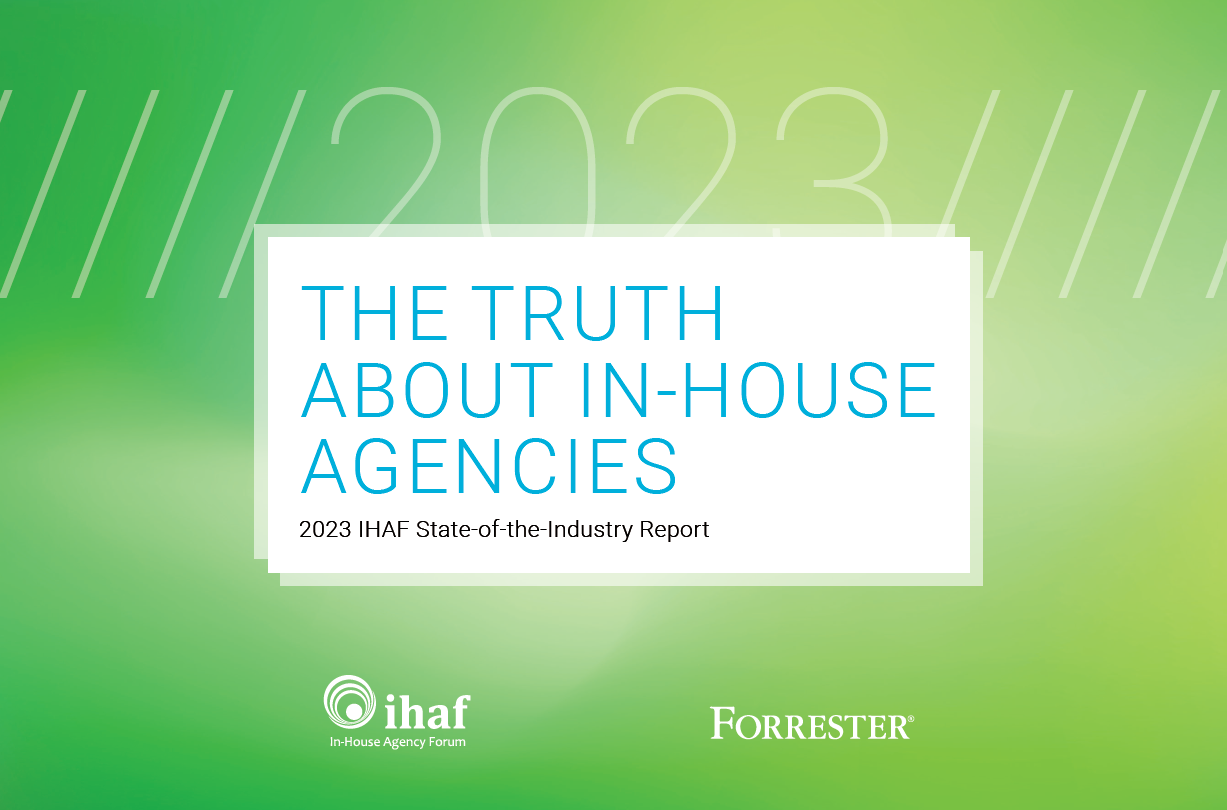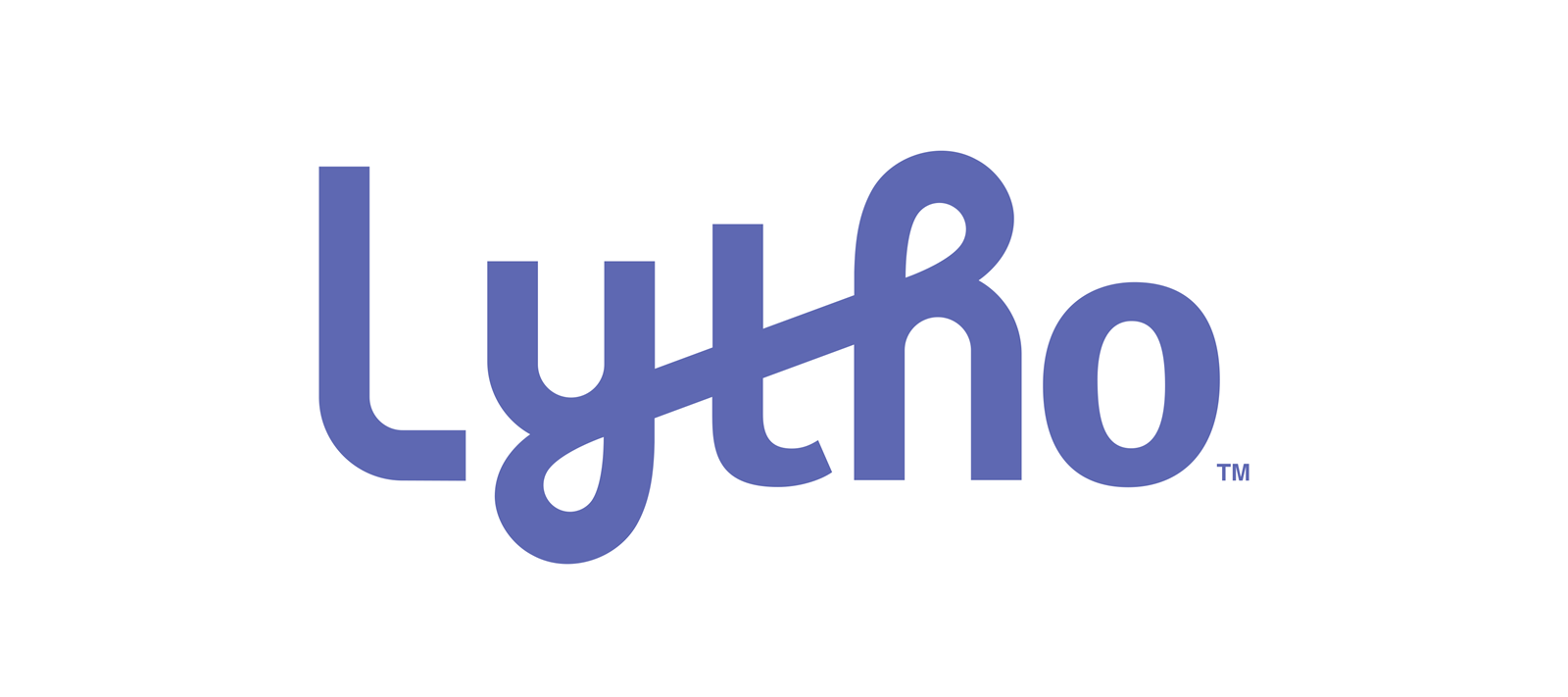Tools Are Not Strategies

Each and every day there are new platforms, new tools, and emerging technologies designed to capture the all-elusive consumer in more engaging, entertaining, and less-invasive ways. Certainly we have witnessed game-changing, paradigm-shifting developments over the past few years that are so ubiquitous today, it’s hard to remember life before.
Recently, I’ve been in a series of strategy sessions and found the following items on various agendas:
- Facebook strategy
- Twitter strategy
- Vine—try or not?
- Mobile-first
- App development
- Instagram trial
And more! I’m sure you’ve found yourselves in similar meetings with items like these listed for discussion. What I’d like to assert however, is that such items should not be the focal point of a marketing initiative or strategy session. Why? They’re not strategies—they’re tools and tactics which should never be the basis of programming intended to address bigger business objectives.
Of course all of these tools have merit in some respect, but their merit comes as part of a larger picture. And the picture I find myself returning to is one that global management consulting firm, McKinsey & Company, developed and wrote about in their 2009 white paper entitled,The Consumer Decision Journey.
McKinsey points out that, “The decision-making process is a more circular journey, with four primary phases representing potential battlegrounds where marketers can win or lose.” We have to think about tools, trends and tactics within the context of this journey, not separate from it. Consumer behavior and thinking may have evolved but it still follows a path and the ways in which marketers engage consumers should be centered on that path and not on any one tool.
If after the moment of purchase, a brand encourages a consumer to “like” them on Facebook, that brand should have a Facebook approach that is post-purchase centric to encourage loyalty and repeat buying. If a brand encourages a consumer to “like” them on Facebook to get coupons and discounts, that brand should employ a Facebook strategy that is intended to move the consumer closer to the moment of purchase. If a brand chooses to deploy both, it runs the risk of alienating a portion of its Facebook audience and needs to reconsider how it might appeal to two distinct consumers at two different stages of engagement. Not easily done.
It’s not enough to simply say, “We need a Facebook strategy,” or “We want to be on Vine.” Marketers must evaluate how these tools can help move the consumer through the decision journey to support awareness, acquisition or loyalty. Start with the consumer, understanding how they travel to arrive at decisions regarding your product or brand. And while the tools you use can and will change, your strategy should not.
I recommend aligning various tools and platforms with phases of the journey. Map the purpose of each platform, detailing what it is supposed to accomplish as part of the decision-making process. If you can’t define where a platform lives, re-evaluate. If you have too many platforms in any one stage, re-evaluate. If you have gaps, re-evaluate. You don’t have to try every tool or seize every trend. You should only try those with the potential to migrate prospects to consumers and ultimately advocates within the context of the greater strategy.
Don’t focus on trends and lose sight of your goals. And don’t confuse tools with strategies. Do weigh in with your perspective as IHAF explores Tools & Trends this month through blog posts, tweets, and conversation within our members-only community on LinkedIn. Not an IHAF member? That an easy fix—join us!
Rebecca Garnick Ast is Vice President of Program Development at Tippingpoint Labs, a content marketing agency and IHAF member company. Tippingpoint Labs works with in-house agencies and corporate advertisers to focus their content efforts, develop efficiencies, and deliver results. Through tested frameworks and proven approaches, Tippingpoint Labs helps brands improve their processes and increase their effectiveness building awareness, acquisition, and loyalty.
- acquisition,
- advertising,
- agency,
- app,
- awareness,
- brand,
- buying,
- consumer,
- content,
- creative,
- decision,
- design,
- digital,
- Facebook,
- garnick ast,
- IHAF,
- in-house,
- instagram,
- internal agency,
- journey,
- loyalty,
- marketing,
- McKinsey,
- mobile,
- results,
- platform,
- purchase,
- social,
- strategy,
- technology,
- tippingpoint,
- tools,
- trends,
- twitter,
- tweet,
- vine
Recent Posts

In-House Data: Fact or Fiction?
October 16, 2023
I’m going to be honest with you, which I always am but this time it’s scary honesty. There are a lot of in-house agency research reports out there. And not all of them contain data that are close to the integrity of the studies IHAF publishes—the next of which drops at the IHAF conference on …

IHAF Wrapped
December 20, 2023
One of our favorite things to do at year-end is look back at the events, presentations, and online resources our members tapped most. (Why should Spotify have all the fun?) Here are a few of your favorites in 2023:
• New Assortment of Org Charts Download • Updated Job Profiles …



















%20(1).pdf%20-%20Copy.jpg)

%20(1).png)


No Reader Comments